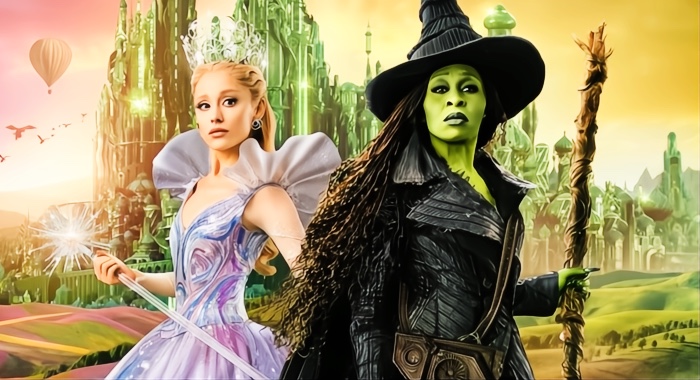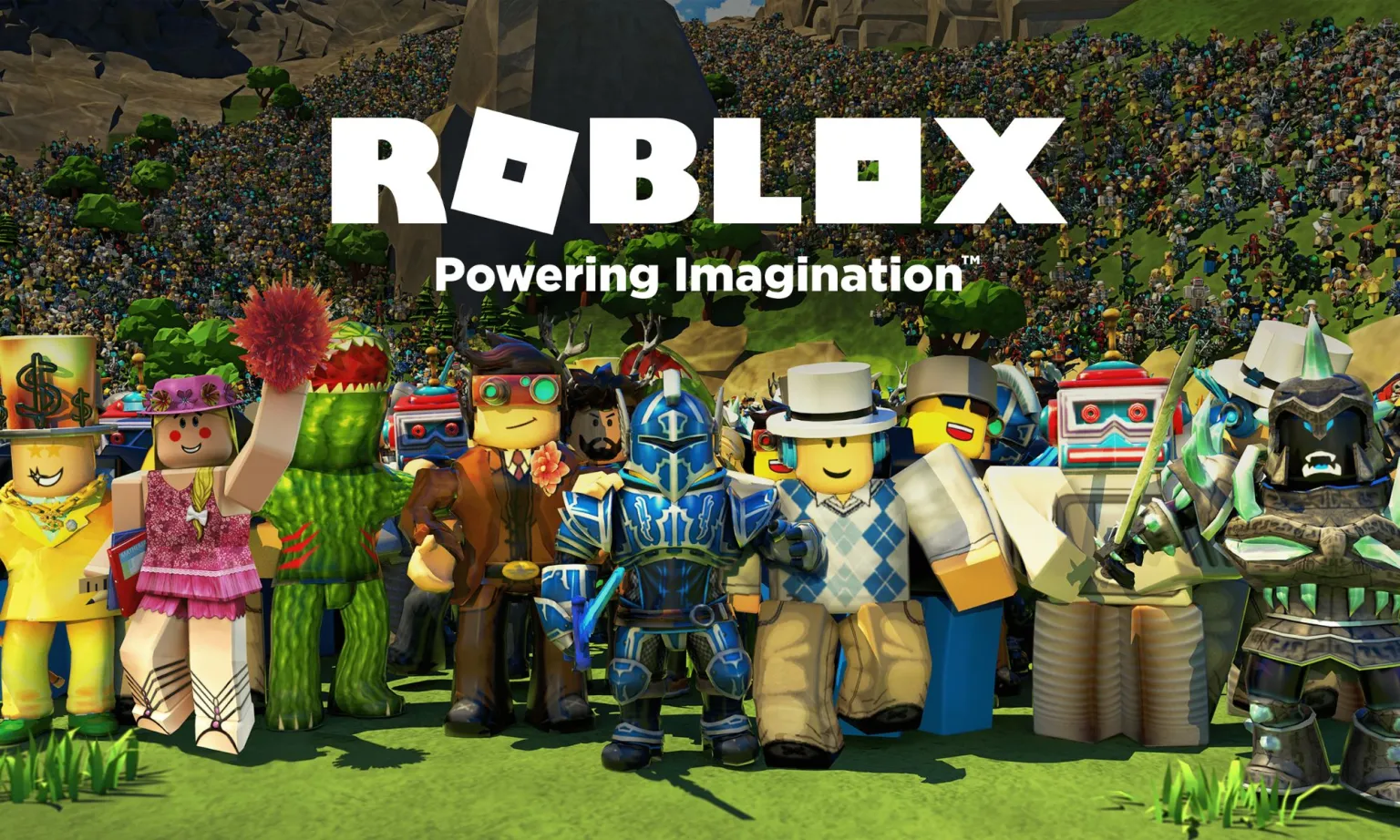TL;DR: Wicked: For Good sticks the landing with glitter-coated confidence, powered almost entirely by Cynthia Erivo’s transcendent performance and Jon M Chu’s lush, emotionally charged direction. The Scarecrow subplot gets a little tangled, but everything else weaves into a rich, heartfelt, and soaring finale that connects beautifully with Oz mythology.
Wicked: For Good
There’s a very specific kind of electricity that runs through a cinema when a sequel knows exactly what it needs to be. Wicked: For Good — the concluding half of Jon M Chu’s two-part prequel to The Wizard of Oz — strides into that rare territory with emerald swagger. Walking into the theater, I wondered whether the second chapter would buckle under the narrative weight of dovetailing directly into one of Hollywood’s most mythic texts. But instead, I got something that felt like watching a Broadway supernova detonate in a Technicolor cathedral. This isn’t merely a conclusion; it’s a full-body emotional event.
As someone who spent an embarrassing chunk of childhood twirling around the living room to the 1939 soundtrack (yes, including the Munchkin songs… no, I will not apologize), I’ve always been protective of Oz canon. Wicked: Part One set the bar high with its kaleidoscopic bombast and sly remix of familiar lore, which meant Part Two needed to do two contrasting things: honor the heightened musical fantasy while steering us into far darker, messier emotional waters. Watching Wicked: For Good, I felt like Chu was winking at us from behind the camera: buckle up, broom babies — we’re going deeper.
And nothing, absolutely nothing, can prepare you for Cynthia Erivo. If Part One teased her as the dramatic backbone of this saga, Part Two reveals she was holding up the entire world of Oz with one hand behind her back. Her Elphaba here isn’t just the misunderstood outsider; she’s a woman navigating the nuclear fallout of betrayal, love, revolution, and the cosmic bad luck of being born into a society terrified of her power. Erivo’s performance is so layered it feels like a masterclass disguised as a movie-musical. Her voice? It doesn’t just hit notes — it detonates them. Every time she opened her mouth, my ribcage got reacquainted with old heartbreaks I thought I’d boxed up.
The romantic entanglements, meanwhile, escalate from melodramatic storms to operatic hurricanes. Chu braids his interlocking triangles — Glinda, Elphaba, and the Wizard on one axis; Glinda, Elphaba, and Prince Fiyero on another — with remarkable restraint. What could have been a YA love-triangle cliché becomes something more adult, more tragicomic. Watching Elphaba and Glinda oscillate between rivalry and longing feels almost Shakespearean, like a magical-world spin on star-crossed frenemies who keep tripping into emotional landmines. Jonathan Bailey’s Fiyero transforms beautifully here, shedding his earlier camp charm for real vulnerability. His chemistry with both witches radiates in every frame — a rare cinematic trifecta of romantic symmetry.
And then there’s Jeff Goldblum. Good grief. His Wizard is what happens when a Vegas magician, a snake-oil salesman, and a fallen angel all fuse into one charismatically toxic entity. Watching him slide from impish carnival showman to morally corroded pseudo-dictator is a delight tinged with rot, the kind that makes you smile while checking your pockets to make sure your wallet’s still there. Ariana Grande’s Glinda complements him as a sparkling counterpoint — delicate, aching, diffused with melancholy that wasn’t present as strongly in Part One. Her arc is quieter this time, but the growing sadness behind her doll-like charm lands with surprising force.
The supporting cast fills every corner of Oz with texture. Marissa Bode’s Nessarose adds grounded tragedy. Ethan Slater’s Boq radiates hapless earnestness. Michelle Yeoh glides through her scenes as Madame Morrible with an elegance that makes you wonder if she knows every secret in Oz and is politely declining to mention it.
Where Wicked: For Good really swings for the fences is its confrontation with the unavoidable collision course between prequel fantasy and canonical inevitability. How do you turn Elphaba into the Wicked Witch we “know” without betraying the moral core of her arc? The film answers with tragicomic poetry. It doesn’t shy away from heartbreak; it embraces the contradictions, the misunderstandings, the functionally political smear campaign that transforms a woman fighting oppression into a monster for public consumption. And it never stops reminding us that being “wicked” is often a matter of perspective — especially in a world run by self-appointed wizards.
Then arrives the moment everyone knew was coming: the Kansas shack spiraling through the sky like a wind-tossed Chekhov’s farmhouse. Dorothy’s entry into the narrative detonates the final act, and suddenly the film shifts gears. We’re watching a cinematic bridge being constructed in real time between Wicked and The Wizard of Oz — a narrative stitching that had every opportunity to feel clunky but largely succeeds with disarming charm. Dorothy herself only appears tangentially, but her arrival is the pivot point that sets Oz’s greatest tragedies — and triumphs — in motion.
I’ll admit I cackled with delight when the origins of the Tin Man, Cowardly Lion, and Scarecrow began unfolding in these tiny, almost comic-book-style bursts. Each one felt like a little Marvel one-shot tucked inside a musical epic. Some are brilliant; others feel slightly rushed. And yes, the Scarecrow thread gets tangled in its own straw — a little lost, a little delayed, never fully clarifying the brainlessness metaphor in the same way the Lion’s courage and Tin Man’s heart snap into place. But honestly? Even the awkwardness feels in tune with Oz tradition. The original movie never entirely made sense either, and that’s part of its magic.
Through all this, Erivo anchors the film with tenderness that broke me a little. When Fiyero has to convince Elphaba she’s beautiful — not in spite of who she is, but because of it — the moment lands like a meteor made of feelings. Wicked may be filled with glitter, CGI clouds, and neon magic, but it’s the human core that gives the whole enterprise its impossible lift.
The music is vibrant and unapologetically massive. Chu treats the score like a living organism, letting melodies mutate and refract across shifting emotional landscapes. The result is a film that breathes its musicality instead of simply performing it. Wicked: For Good feels both intimate and operatic, grounding its swelling crescendos in character-driven stakes that carry real emotional mass.
By the time the final act settles into its bittersweet crescendo, I felt that familiar Oz ache — the one where fantasy and tragedy meet in a single impossibly green moment. Wicked: For Good doesn’t just meet the expectations set by its predecessor; it surpasses them by embracing its own contradictions. It’s a romantic, tragic, and fiercely empathetic spectacle that turns the idea of “wickedness” inside out.






